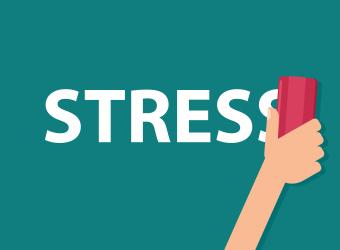Return on humans


Evidence is mounting that the building environment and design are fundamental for creating increased human performance, and significant movements are afoot within the real estate community as a response. Could this represent the start of a shift away from a traditional first cost-driven return-on-investment (ROI) model to one that is more nuanced?
A new metric “return on humans” is being coined in the real estate world to augment and enhance the typical ROI for buildings. Key drivers for this are (i) the need to improve employee health and wellness to reduce costs, improve productivity and enhance business performance, and (ii) the need to attract and retain top talent.
According to Scott Muldavin in his paper outlining the financial case for sustainability and WELL building, corporate wellness programs are not delivering the expected return in reducing healthcare costs because participation is below 50 percent at most companies. He asserts that wellness incentive programs cost around $700 per person per year (not to mention ~$10,000 per person annually for health insurance) compared with a one-time cost of $100-400 per person to implement the WELL Building Standard, and that the latter passively benefits all occupants, not just those actively participating in wellness programs.

Rex Miller, author of The Healthy Workplace Nudge, states in an interview on Brittanie Campbell-Turner’s The CONSTRUCTRR Podcast that reducing stress at work is the answer to increasing wellness. He says that 78 percent of employees attribute work as their number one cause of high or very high stress.
According to Dr. Amit Sood of the Mayo Clinic, stress predisposes to the worsening of almost every known medical condition known to mankind. He says that the World Health Organization calls stress the 21st century’s epidemic.

The built environment – and particularly the use of windows – can play a key role in helping people manage and reduce stress because of the positive impacts of both views and daylight on human biological systems.
For example, the McGraw Hill Construction SmartMarket Reportshows lack of daylight as the number one workplace hazard according to 36 percent of psychologists and psychiatrists surveyed.
To read this full blog post on usglassmag.com, as well as previous posts, click here.

